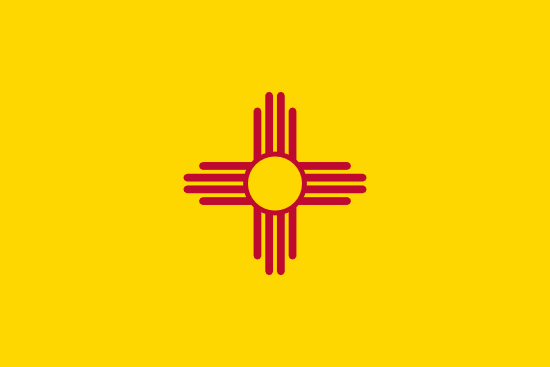
Albuquerque
- County:
- Bernalillo County
- County Seat:
- No
- Area (mi²):
- 187.266
- State:
- New Mexico
Albuquerque is a city located in Bernalillo County, New Mexico. Albuquerque has a 2025 population of 560,326 . Albuquerque is currently declining at a rate of -0.14% annually and its population has decreased by -0.81% since the most recent census, which recorded a population of 564,885 in 2020.
The median household income in Albuquerque is $65,604 with a poverty rate of 15.96%. The median age in Albuquerque is 38.7 years: 37.2 years for males, and 40.1 years for females. For every 100 females there are 95.9 males.